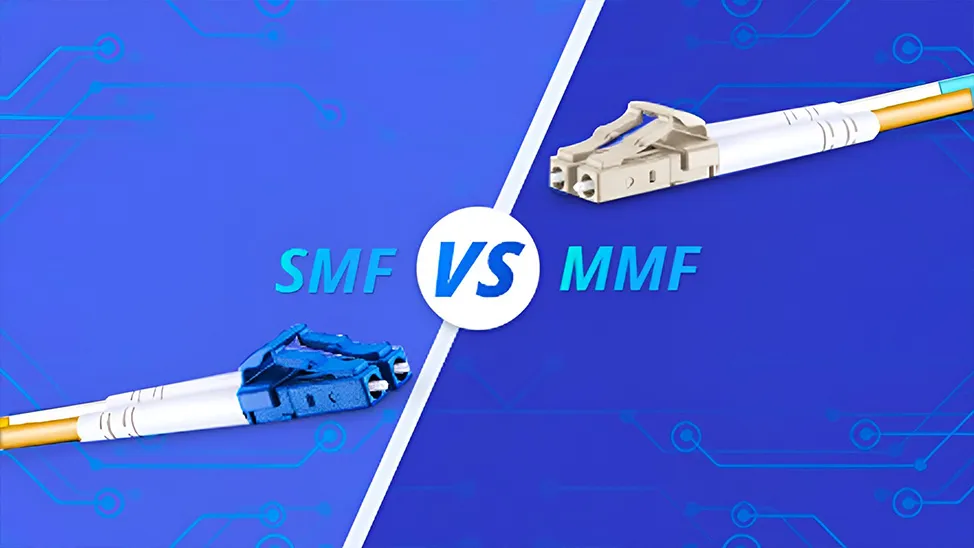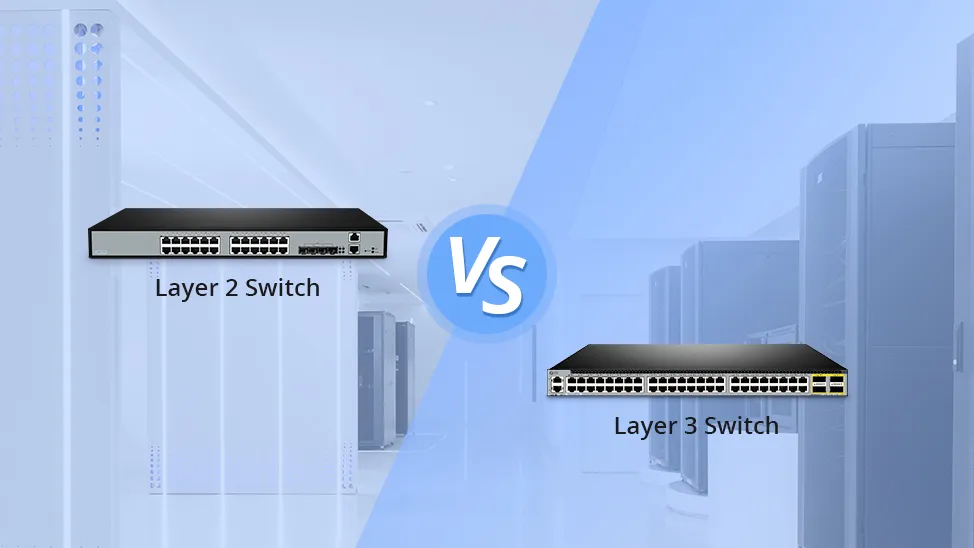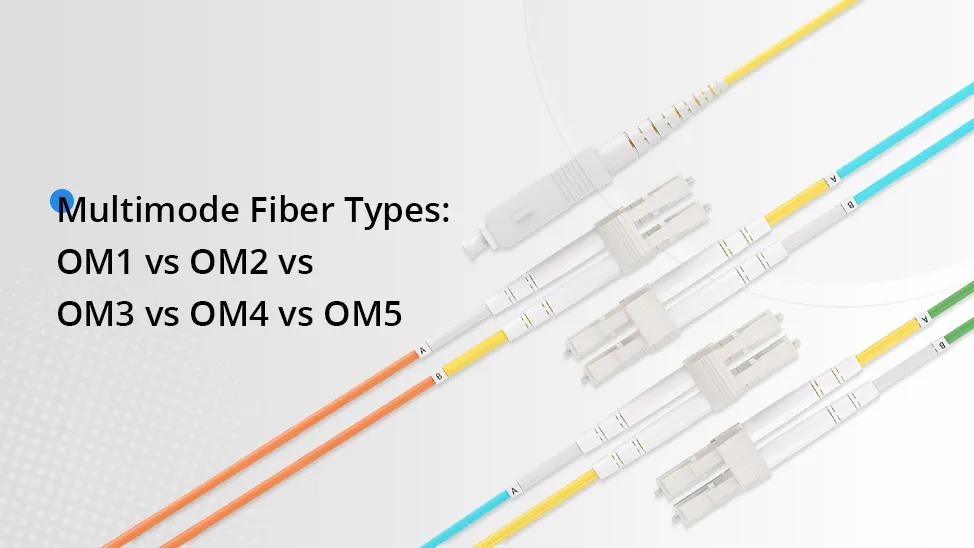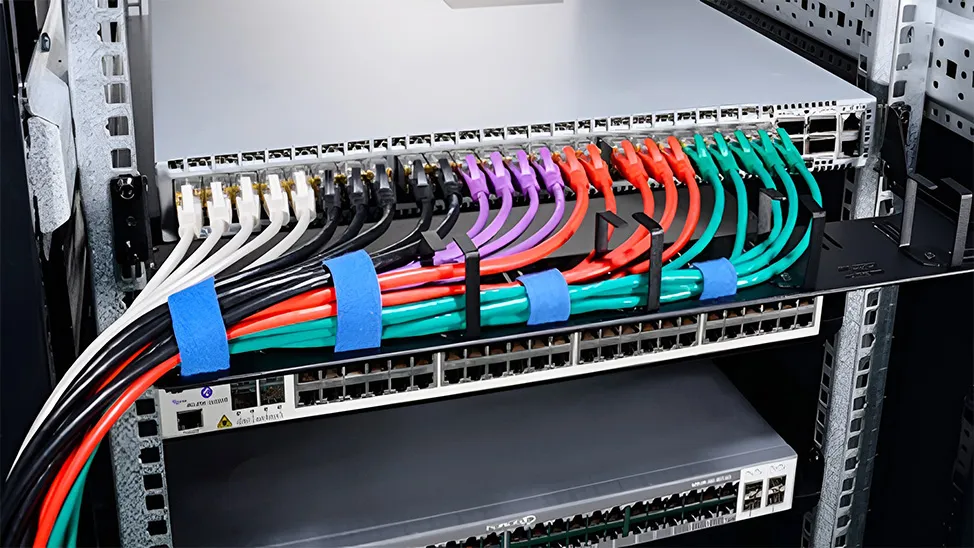PoE Power Sourcing Equipment (PSE) FAQs
The initially published IEEE802.3af standard has divided Power over Ethernet (PoE) technology into two main power device types: power sourcing equipment (PSE) that provides power on the Ethernet cable and powered device (PD) that accepts the power. To get a better understanding of the PoE network system, it is necessary to get familiar with the PoE devices. The following contains an introduction to power sourcing equipment and some frequently asked questions.
Q: What Is PoE PSE?
A: PoE PSE stands for Power Sourcing Equipment in a Power over Ethernet (PoE) system. It refers to the equipment that provides power to PoE PDs (Powered Devices). PoE PSEs are responsible for detecting and classifying the PoE devices connected to them. They also monitor the power usage and can manage the power allocation to the connected devices based on their power needs.
Q: What Are the Differences Between PoE PD and PoE PSE?
A: There are two essential components in a Power over Ethernet (PoE) system: PoE PD (Powered Device) and PoE PSE (Power Sourcing Equipment).
-
PoE PSE (Power Sourcing Equipment): A PoE PSE refers to the equipment that provides power to PoE PDs. It can be a PoE switch or a PoE injector. The PoE PSE injects power into the Ethernet cable along with the data signals, allowing the connected PoE PDs to receive both data and power through a single cable. It acts as the power source for PoE devices.
-
PoE PD (Powered Device): A PoE PD refers to the device that receives power from the PoE network infrastructure. It can be various types of devices, such as IP phones, wireless access points, IP cameras, and network switches. The PoE PD consumes power from the PoE PSE to operate without requiring a separate power source. It typically has an Ethernet input for data communication and power input to receive power from the PoE PSE.
Q: What Are the Common PoE PSEs?
A: The PoE PSE (Power Sourcing Equipment) plays a critical role in delivering power to PoE-enabled devices within the network. However, the range of available PoE PSE devices is relatively more limited compared to the multitude of PoE PDs. The primary PoE PSE types commonly deployed in modern PoE networks include PoE switches, PoE injectors, PoE NVRs, and PoE media converters. Here is the introduction to the common PoE PSE devices:

-
PoE Switch: PoE network switch is a network switch that has PoE injection built-in. Therefore, it can transmit both data and power over one Ethernet cable to the PD directly connected to it.
-
PoE Injector: For adding PoE to regular non-PoE network links, a PoE injector is used. It injects power to data that is coming from a non-PoE switch and delivers both the power and data to the PD through an Ethernet cable.
-
PoE NVR: PoE NVR(network video recorder) has PoE injection built-in. Mostly used in the IP video surveillance system, it is responsible for encoding and processing the video data on IP video cameras, and recording it for storage and remote viewing. PoE NVR can also deliver power to IP video cameras through Ethernet cables.
-
PoE Media Converter: PoE media converter is a device that not only connects fiber cabling to a copper network but also provides PoE power to PoE PD such as IP cameras and VoIP phones.
-
PoE Splitter: The PoE splitter can also supply power, but it delivers power to a non-PoE terminal device by splitting power from the data and feeding it to the non-PoE device through its power supply cable. It is used for deploying remote non-PoE devices with no nearby AC outlets.
Q: Do I Still Need A PoE Injector if I Have a PoE Switch?
A: No, you don't need a PoE injector when you have a PoE switch. When you are running through a standard PoE switch, you will not need the power connection. In this case, no injector is needed. But if you have a non-PoE switch, you will need a PoE injector to power the PoE PD such as IP cameras, because non-PoE switches do not deliver power to PoE devices. However, it should be noted that PoE injectors are only suitable for PoE networks with only a few PDs. If there are dozens of PDs, the PoE switch is a better choice.

Q: Can I Use A PoE Switch with NVR?
A: Yes, you can. A PoE switch will act as a hub but can also supply power to NVR, without the need for an external power source or extra power wires. This makes for less installation cost and cabling complexity – you can handle your power and video over a single Cat5 cable.

Q: Can I Use a Media Converter with PoE Switch?
A: Yes. As we know, the PoE switch restricts Ethernet cable distances to 100m. Then how do we get beyond the 100m limit? A PoE media converter is an ideal product to overcome the distance challenge by offering a copper-to-fiber connectivity solution and acts as the PoE PSE on the copper side to power up PDs at the same time.

Q: Can I Use a PoE Splitter as a PoE Injector?
A: No, you can't. PoE splitters and PoE injectors are two types of PoE devices that confuse people a lot. As mentioned above, PoE injectors are used with non-PoE switches to power terminal PoE devices. PoE splitters, on the contrary, are used with PoE PSE and separate the data and power onto two different cables for non-PoE devices. The following figure illustrates common applications of the PoE splitter and PoE injector:

Conclusion
Given the escalating demand for simplified installations and the recent ratification of standards aimed at accommodating a wider variety of smart devices, the utilization of Power over Ethernet (PoE) technology is expected to experience substantial growth in the coming years. Therefore, it is necessary for us to have a better understanding of all the above PoE PSE devices, especially when we need to select and buy products for building up PoE networks.
You might be interested in
Email Address
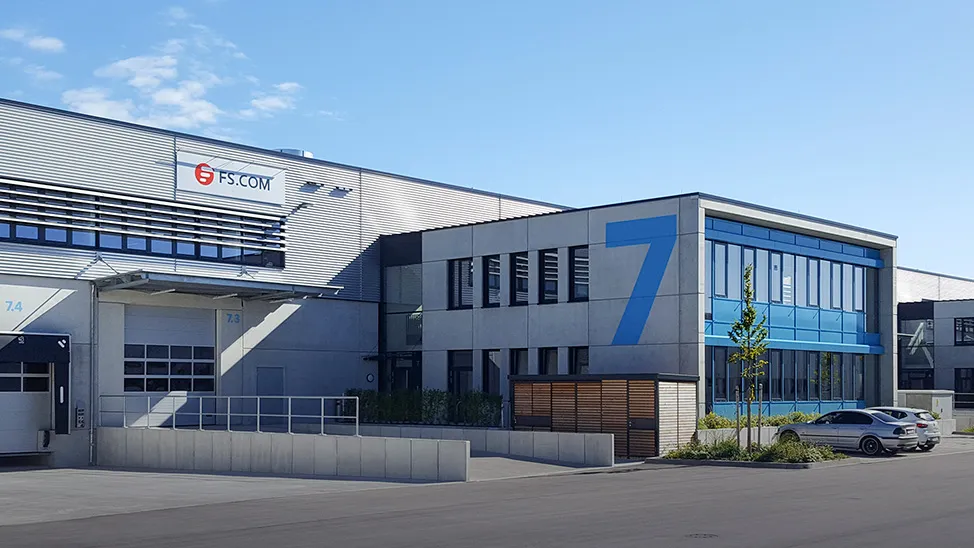
-
PoE vs PoE+ vs PoE++ Switch: How to Choose?
Mar 16, 2023












